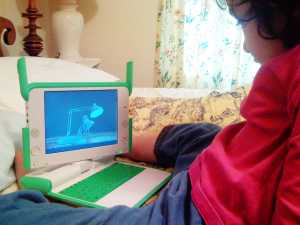Author Interviews, Global Health, Infections, Pediatrics / 10.04.2018
Trained Rats Detect TB Better Than Microscopy
MedicalResearch.com Interview with:
Georgies Mgode PhD
Sokoine University of Agriculture
Pest Management Centre
African Centre of Excellence for Innovative Rodent Pest Management and Biosensor Technology Development
Morogoro, Tanzania
MedicalResearch.com: What is the background for this study?
Response: The background of this study is the APOPO and Sokoine University of Agriculture together with NIMR and NTLP interest to explore a cheap, reliable and sustainable means of addressing TB problem in high-burden countries with limited access to advanced sensitive tests. This refers to countries where to-date TB diagnosis is mainly by microscopy that is less sensitive leaving majority of patients undetected. We were driven to explore how these rats can contribute to diagnosis of TB in children that is known to be difficult and rats are known to have a better and advanced sense of smell. According to WHO " an estimated 1 million children became ill with TB and 250 000 children died of TB in 2016 and the actual burden of TB in children is likely higher given the challenge in diagnosing childhood TB. (more…)









